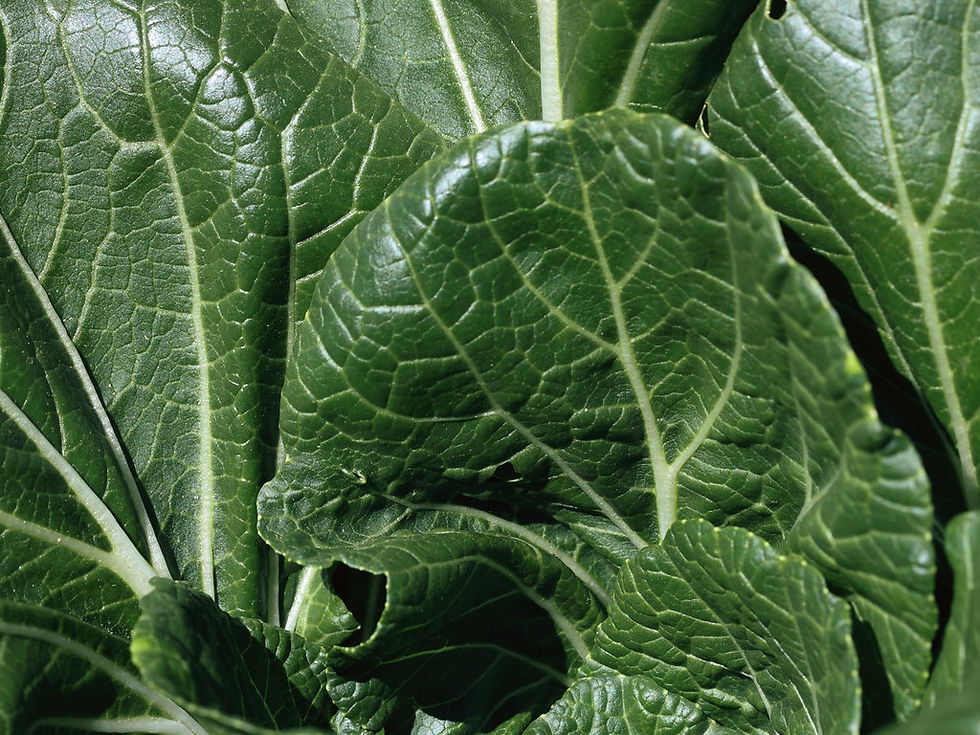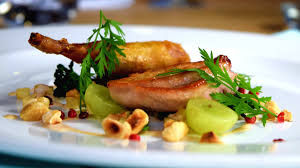Hi everyone! It has been quite some time since the last blogpost. I hope you are all doing well and are holistically healthy. It’s been quite a busy time in my corner of the world. Honestly, this whole season has been busy. Anyway, the semester is coming to an end and it has been one assignment after the other and same goes for exams! I am ready for the holidays.
I want to go into the topic of today’s blogpost. As you can tell from the title, I am going to be giving some information on Anemia. Recently, on Instagram, I asked you all to let me know what kind of information you would like me to write about and so the blogposts for the rest of the year will be purely suggestions from you! I have gotten quite a few suggestions from you all and I am excited to share this information with you. I hope it helps! Do not hesitate to send an email or Instagram DM if you have a topic that you would like information on.
Ok let’s get into the topic.
First of all, let’s define anemia:
Anemia is characterized as low red blood cell count and hematocrit. A lot of people only know anemia to be a result of iron deficiency. However, there are other factors that can lead to anemia. In fact, there are more than one types of anemia. A few examples are: anemia cause by infection, sickle cell anemia, macrocytic/megaloblastic anemia, microcytic anemia etc. In this blogpost, I will be shedding light on the two types of anemias that are caused by nutrient deficiency. Disclaimer: The information given in this blogpost is not meant to diagnose or replace communication with your doctor. It is purely for information purposes.
Types of anemia:
- Macrocytic Anemia
- Microcytic/hyperchromic Anemia
Macrocytic/Megaloblastic Anemia
This type of anemia is caused by vitamin B12 or Folate deficiency. Vitamin B12 and folate work together in metabolic pathways that are essential for DNA methylation. DNA methylation is a method that the body uses to control gene expression. This methylation of the DNA either increases its expression or decreases it. This is important for a number of reasons. One reason being possible cancer prevention. Additionally, folate is involved in DNA synthesis and replication of red blood cells.
When our bodies are deficient in B12 or folate DNA synthesis is interrupted and results in impairment of red blood cell turnover. This results in immature megaloblasts (precursors to red blood cells) in the blood as opposed to mature fully functioning red blood cells. This results in a less efficient delivery of oxygen to areas of the body that need it. This manifest itself as fatigue, shortness of breath, difficulty concentrating etc.
Sources of folate

- Green leafy vegetables
- Fortified grains and cereal
- Liver (major source)
- Beans, peas, nuts
Vitamin B12 Sources
- Meat sources (eg. poultry, fish and shellfish)
- Dairy and eggs
Microcytic/Hypochromic Anemia
This type of anemia is caused by iron deficiency. Usually when people say they are anemic we think of iron deficiency. Remember, iron is a component of our hemoglobin (the red pigment in our blood). Iron binds oxygen and uses hemoglobin to transport it in blood, or it uses myoglobin to transport it in muscle. If iron is low then that means oxygen transport will be inefficient, as I said earlier. This is why we end up feeling symptoms like fatigue or shortness of breath when we are low on iron. Women are especially at risk for iron deficiency. We menstruate monthly and so our risk of deficiency is high. If we are losing blood monthly, we are losing iron. Women who experience heavy flows could possibly be losing even more iron. This means we have to replenish our iron constantly to prevent deficiency. The iron requirements for women 18 years or older is 18mg/day. Pregnant women require 27mg/day to compensate for blood expansion. Men 18years and older require 8mg/day.
Sources of iron.

Non-Heme Form (less bioavailable)
- Dark Green leafy vegetables (chard, kale, spinach, callaloo, bok choi etc.)
- Legumes and nuts
- Enriched foods like rice and other grains, pasta and cereal
Heme Form (more bioavailable)

- Beef
- Liver
- Poultry
- Seafood
Bioavailability refers to the amount of a nutrient that can get into the bloodstream to have an impact on health. To make the non heme form of iron more bioavailable it is recommended to combine iron sources with vitamin C sources as vitamin C helps enhance iron absorption. So, sources that carry the heme form of iron are better sources than those that carry the non heme form.
Thank you everyone for stopping by. Come back on Saturday! We will be exploring vegetarian and vegan lifestyles.
Just a reminder, try to eat balanced meals throughout the day to improve your chances of having a variety of nutrients. This will help to prevent deficiency.
Easy ways to have sufficient B12 in your diet:
- If you are vegan or vegetarian talk with your doctor about supplements.
- Have an omelette (you can have a veggie omelette).
- Enjoy your favorite fish (baked, steamed, fried etc).
- Enjoy an assortment of seafood if you like it.
Easy ways to have sufficient folate in your diet:
- Enjoy that salad with your favorite leafy greens.
- Add steamed greens with a sprits of lemon juice as a side to your breakfast, lunch or dinner.
- Incorporate more beans (bean salad, bean fritters, rice and beans, add beans to your smoothies etc.)
Easy ways to have sufficient iron in your diet:
- Green smoothies with orange juice and an assortment of dark. green leafy vegetables.
- Enjoy Baked Chicken, your favorite fish or seafood.
- Pack nuts for an on the go snacks.
- Check your rice and pasta packages to see if they are enriched with iron.
- Try liver if you've never had it before. I personally don't like it lol. It just tastes weird. I am not opposed to eating it occasionally though.
See you Saturday
References:
“Anemia.” Mayo Clinic, Mayo Foundation for Medical Education and Research, 16 Aug. 2019, https://www.mayoclinic.org/diseases-conditions/anemia/symptoms-causes/syc-20351360.
Gropper, Sareen S., et al. Advanced Nutrition and Human Metabolism. Cengage Learning, 2018.


Comments